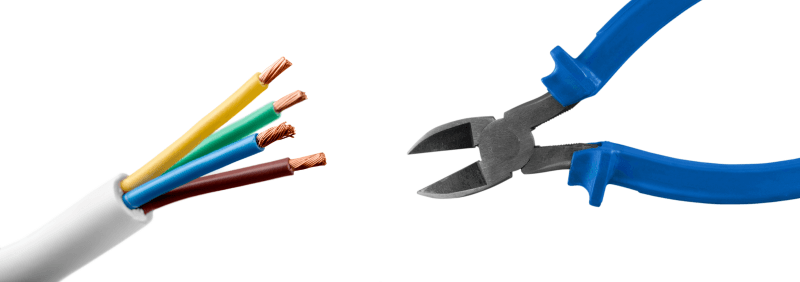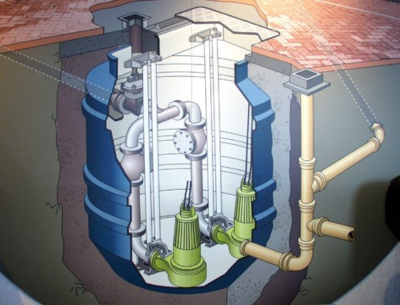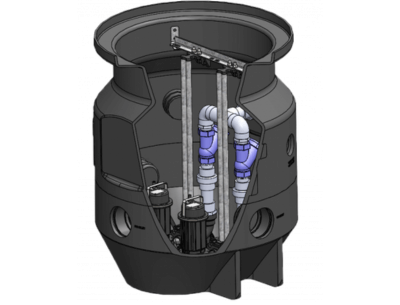Pump Station Know-How: 18th Edition Wiring Regulations

You’ve bought a property without a main drainage connection to an existing sewer system, making you the owner of a private pumping system that removes your grey water and sewage. Assuming you’ve not had to manage your own waste removal before, you might be wondering two things:
- What are my liabilities regarding service and maintenance to keep the pumping station safe and efficient?
- Are there any specific requirements that need to be complied with?
Where is the pump station installed?
If your pumping station is near an adjoining property or body of water, then property and environmental damage concerns will come into play in the event of a breakdown or chamber overflow - with costly cleanup operations and potential fines as a result. As the owner of the system, it is your responsibility to ensure regular maintenance and servicing take place to ensure all of your equipment is in acceptable condition, reducing the risk of any incidents occurring.
Conducting research into the company you use or even going back to the Original Equipment Manufacturer will ensure your station is reliably maintained. But what about the electrical components?
What is BS761:2018?
BS761:2018 is the British Standard covering the Requirements for Electrical Installations, more often referred to as the 18th Edition Wiring Regulations.
It applies to the design, erection and verification of electrical installations, also additions and alterations to any existing electrical installations.
It covers residential, commercial, public and industrial premises, plus a whole host of other ‘special locations’ such as mobile low voltage generating sets, swimming pools, caravan parks, marinas and similar locations, medical locations, amusement parks and more.
The document also specifically covers the requirements for testing before any equipment is put into service, ‘Initial Verification’, and ‘Periodic Inspection and Testing’.
Chapter 135 of the 18th Edition Wiring Regulations states that -
"periodic inspection and testing of every electrical installation shall be carried out in order to determine whether the installation is in a satisfactory condition for continued service and use."
The frequency of periodic inspection and testing is determined by the type of installation and equipment, its frequency of use, and the quality of any maintenance carried out.
Only if the asset is under an effective management system for preventative maintenance in normal use, can periodic inspection and testing be replaced by a regime of continuous monitoring and maintenance by one or more skilled persons competent in such work with all appropriate records being kept.
So, having been informed of the requirements as set out in the British Standard BS7671 as above, and given that most people are not skilled or equipped to carry out a continuous monitoring regime as above, where do you go from here?
By enlisting the original equipment manufacturer or the installer of the equipment, they can carry out a periodic inspection and testing of the pumping station and record all results on a ‘Electrical Installation Condition Report’.
This a specific document found in the Wiring Regulations, detailing a thorough and comprehensive assessment, to ensure the installation is both fit for purpose, and more importantly, safe for continued use.
The inspection will also highlight any items which require remedial works or attention due to degradation and any items which may not now conform to the latest version of the wiring regulations which may not necessarily require any action but need to be noted as ‘departures’ or nonconformances to the latest version of the standards.
Once completed by the skilled competent engineer, you will have a record copy to retain for your records and can then set about conducting any repairs if required, which once completed and verified, will again be noted on the inspection report.
All of this gives peace of mind, increases the life expectancy of the equipment and gives a trouble-free pumping station asset, with confidence and assurance that all handover documentation is in place should you ever need it.


